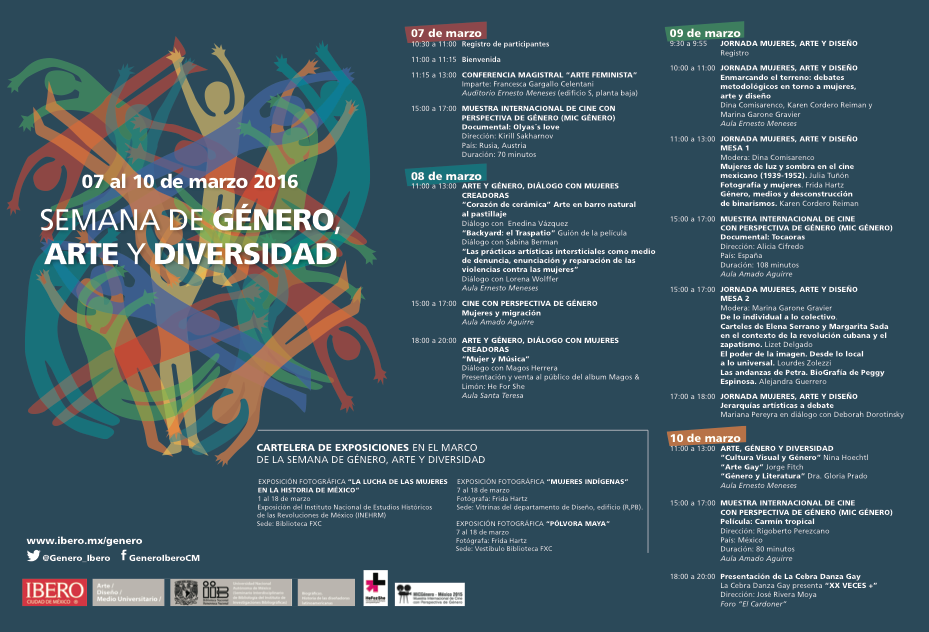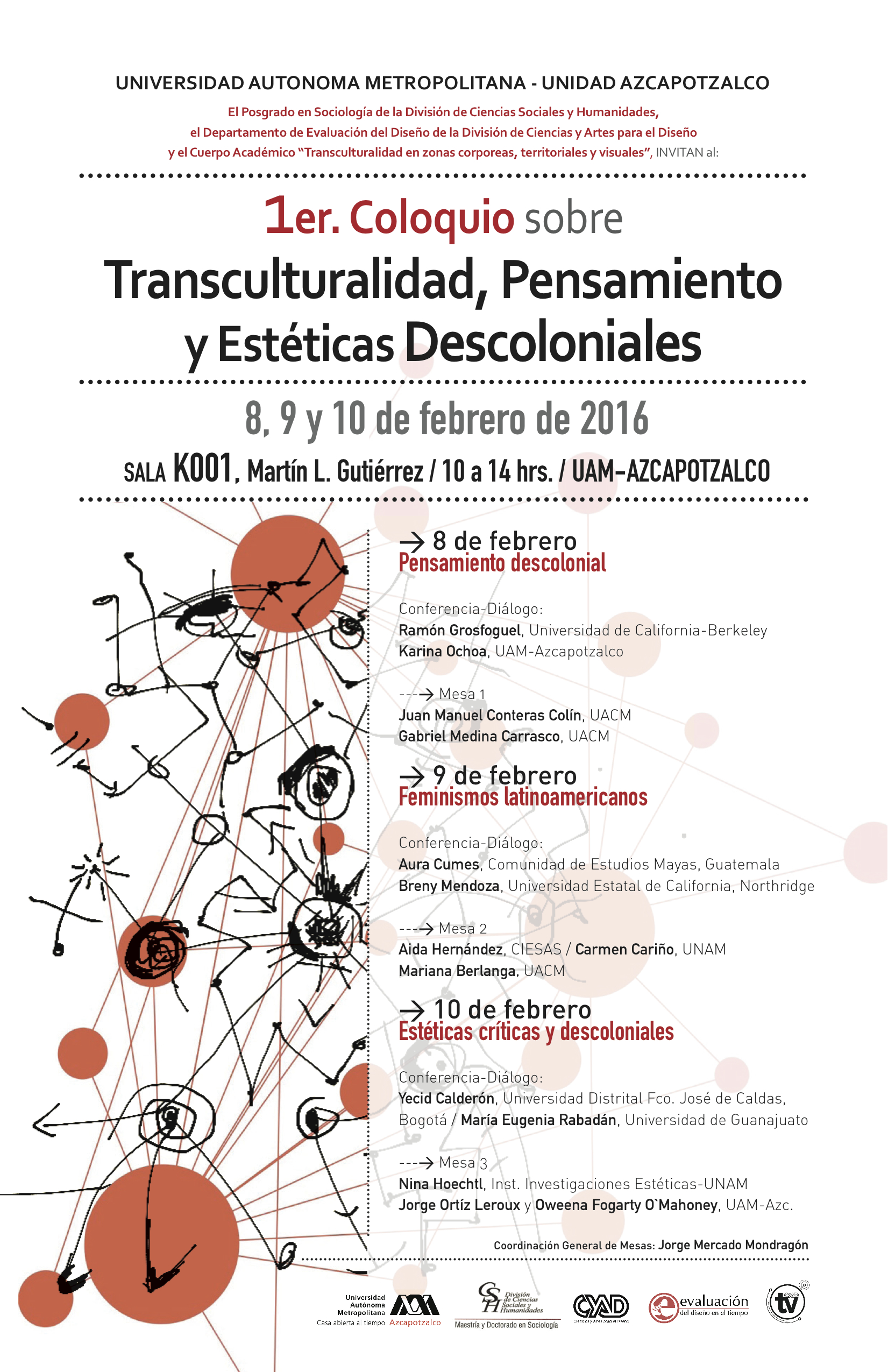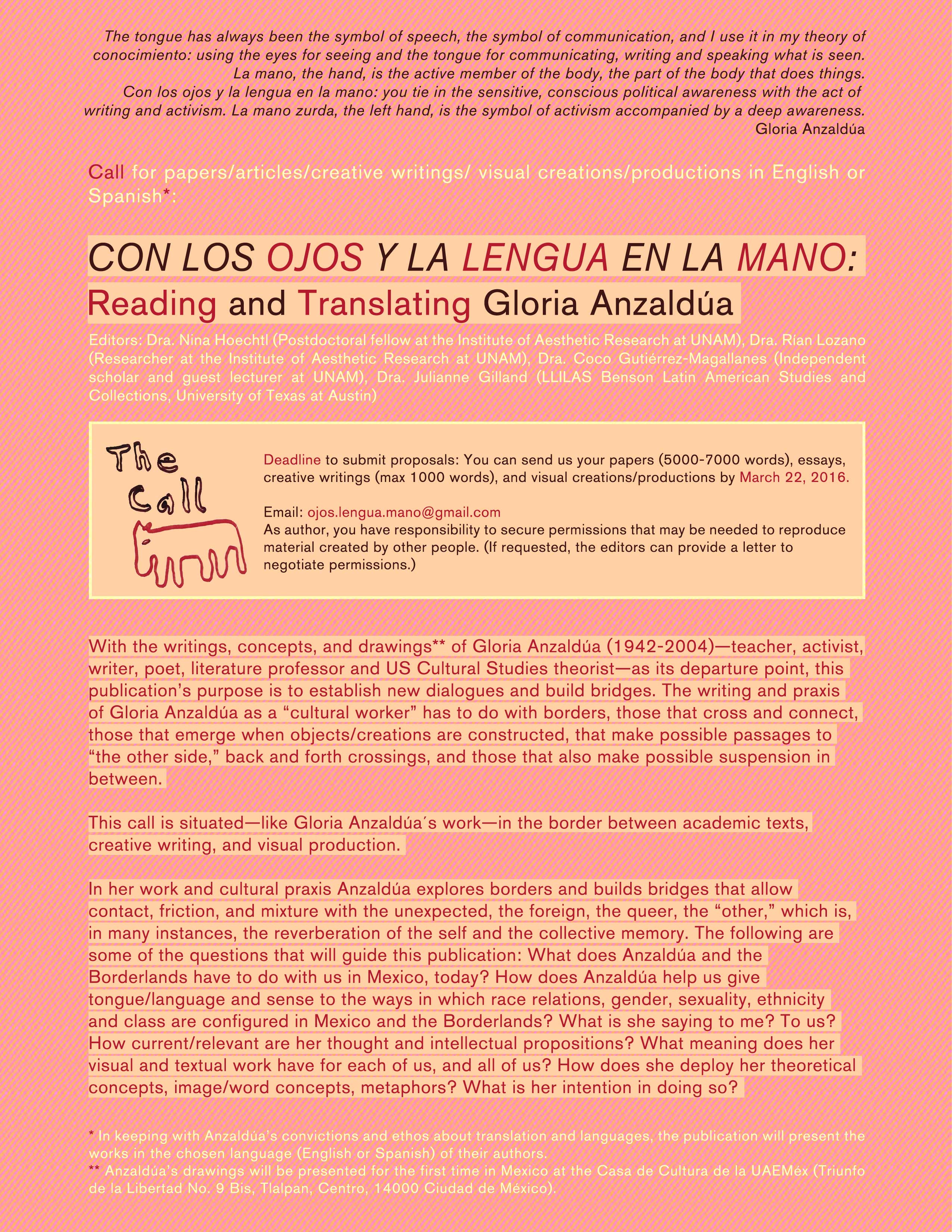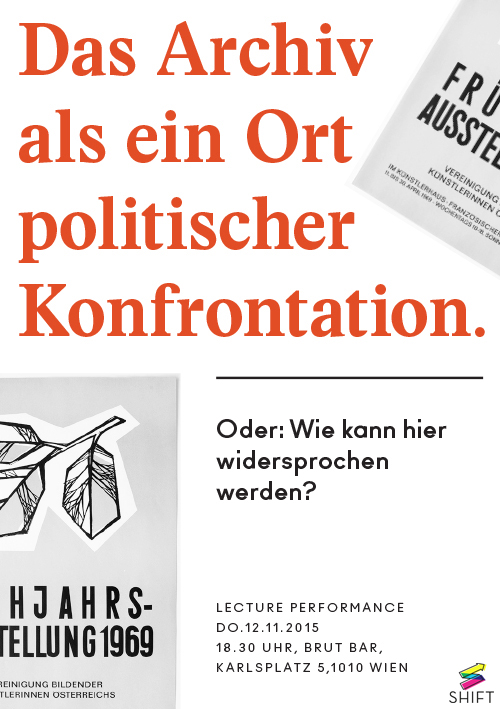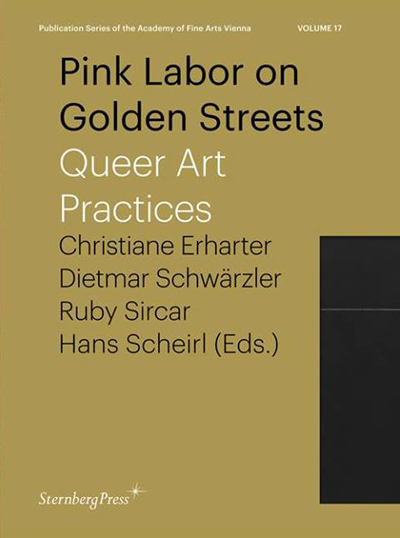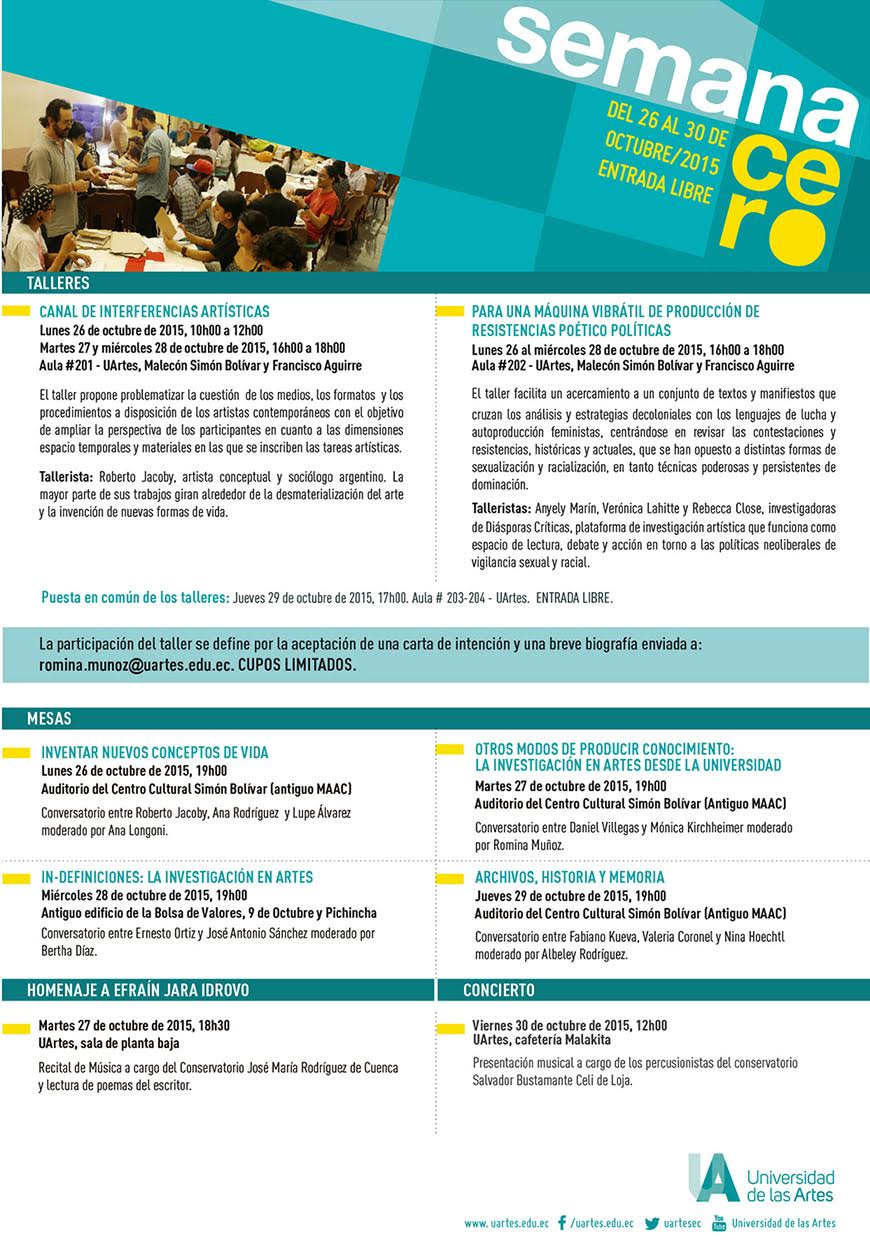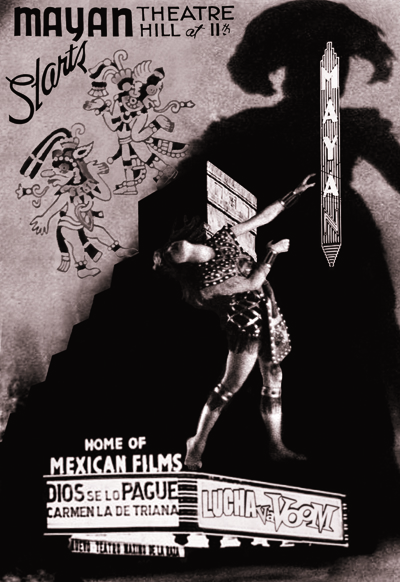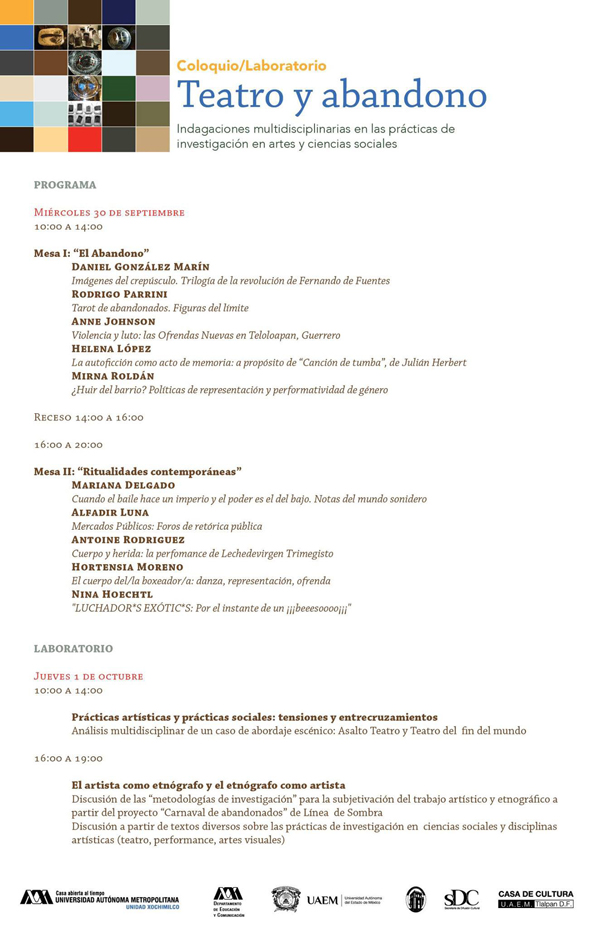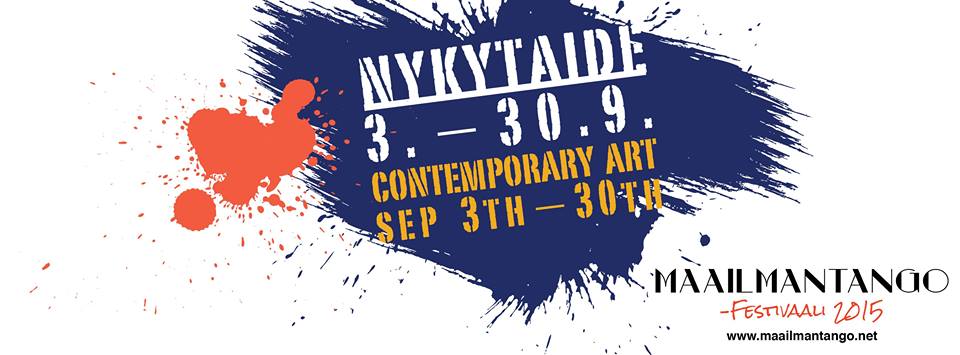Blog
Exhibition: Uncanny Materials, March 10 – May, 16, 2016, xhibit
Uncanny Materials | Foundational Moments of Art Education
Opening | 10.03.2016, 7.00 p.m.
Exhibition dates | 11.03.2016 – 16.05.2016
Venue | Academy of Fine Arts Vienna, main building, Schillerplatz 3, 1010 Vienna, xhibit
A curatorial exhibition, research and education project
Opening hours: Tue–Sun, 10.00 a.m.–6.00 p.m., admission free
Special opening hours: 28.03.2016 (Easter Monday), 01.+05.05.2016 and 16.05.2016 (Whit Monday) / 10.00 a.m.–6.00 p.m.
Opening: Thursday, March 10, 2016, 7:00 p.m.
Welcome address: Eva Blimlinger, Rector of the Academy of Fine Arts Vienna
Introduction: Elke Krasny and Barbara Mahlknecht, Institute for Education in the Arts, Studio of Art and Education
Curators: Elke Krasny and Barbara Mahlknecht
Exhibition design in collaboration with Alexander Ach Schuh
With contributions by
Tal Adler/Friedemann Derschmidt/Elisabeth Samsonow/Karin Schneider/Anna Szöke/Niko Wahl, Anna Artaker, Eva Blimlinger, Ramesch Daha, Zsuzsi Flohr/Benjy Fox-Rosen/Eduard Freudmann/Eva Reinold/Luisa Ziaja, Lena Rosa Händle, Minna L. Henriksson, Belinda Kazeem-Kaminski, Gila Kolb, Martin Krenn, Ina Markova/Rosemarie Burgstaller/Sophie Bitter-Smirnov, Verena Pawlowsky, Sabine Plakolm, Birgit Peter, Dirk Rupnow, Hansel Sato, Sekretariat für Geister, Archivpolitiken und Lücken (Nina Höchtl und Julia Wieger), Anna Schürch, Bernadette Settele, Nora Sternfeld, Suely Rolnik, Wer hat Angst vor dem Museum? (Imayna Caceres/Pêdra Costa/Verena Melgarejo Weinandt).
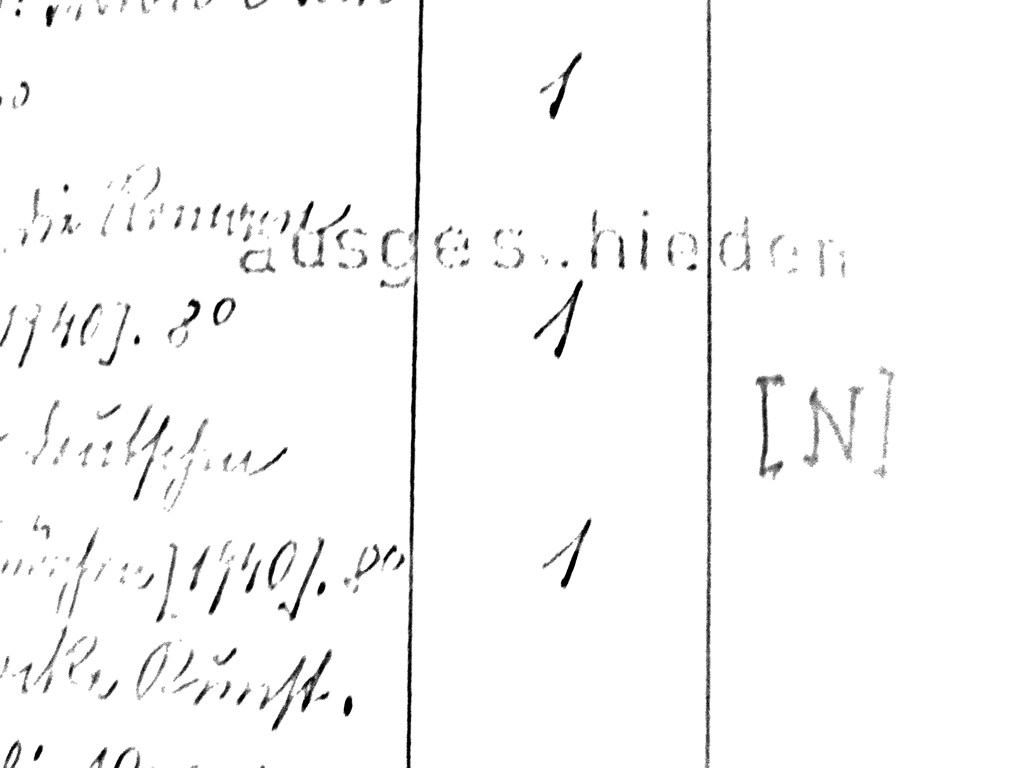
Book inventory Vol. 3, 1947, © University Library of the Academy of Fine Arts Vienna
On July 9, 1941, a decree stipulating the foundation of a “master school for art education and the training of secondary school art teachers” went out from the Reichsministerium für Wissenschaft, Erziehung und Volksbildung (Reich Ministry for Science, Education, and People’s Education) in Berlin to the Academy of Fine Arts Vienna. The beginning of the institutionalization of a program for art teachers at the Academy, which is still largely unappraised seventy-five years later, has now been made the subject of a curatorial exhibition, research and education project.
Based on research by the historians Ina Markova, Rosemarie Burgstaller, and Sophie Bitter-Smirnov, the project’s curators, Elke Krasny and Barbara Mahlknecht, have conceived of an open archive for the exhibition. This installation allows for an understanding how National Socialism informed art education: materials from the Academy’s University Archive – personnel sheets, lists of students, curricula, exam regulations, minutes of professorial staff meetings, budgets, lists of master school awards and materials to be provided – document the institutional routine.
Activists and artists, many of whom have studied at the Academy of Fine Arts Vienna or are teaching there now, were invited to present works or develop performances related to the subject. The artists’ positions articulate activist interventions into the memory of institutions, relate to the standardization and disciplining of bodies through education, and reveal how women’s politics were implicated in National Socialism. Some of the works reflect present-day changes in the realm of “multidirectional memory” (Michael Rothberg) and the meaning of “migrants’ situated knowledge” (Ayse Güleç) in regard to politics of history.
On April 20 and 21, 2016, an international symposium with lectures, talks, and workshops will explore issues of institutional memory, National Socialist educational policy, the connections between politics of remembrance and artistic practices and question critically hegemonic histories in the field of art education.
Uncanny Materials
Program
Wed, March 16, 2016, 4:00 p.m., xhibit
A Look Back into the Museum
Performance lecture with Wer hat Angst vor dem Museum? (Imayna Caceres, Pêdra Costa, and Verena Melgarejo Weinandt)
(English)
Tue, April 5, 2016, 1:30 to 5:30 p.m., xhibit
In Haunted Archives: (Post-)National Socialist Times, Decolonial Futures
Secretariat for Ghosts, Archival Politics, and Gaps (Nina Höchtl and Julia Wieger)
Workshop (English)
Wed, April 20, 2016, 9:30 a.m. to 9:00 p.m.
Thur, April 21, 2016, 10:00 a.m. to 4:00 p.m.
Studio Building of the Academy, Multi-Purpose Space
Turning (to) the Archive. Institutional Histories, Educational Regimes, Artistic Practices, and Politics of Remembrance
Symposium: lectures, discussions, and workshops by contributions from Tal Adler/Friedemann Derschmidt/Elisabeth Samsonow/Karin Schneider/Anna Szöke/Niko Wahl, Eva Blimlinger, Zsuzsi Flohr/Benjy Fox-Rosen/Eduard Freudmann/Eva Reinold/Luisa Ziaja, Minna L. Henriksson, Gila Kolb, Elke Krasny, Martin Krenn, Barbara Mahlknecht, Verena Pawlowsky, Sabine Plakolm, Birgit Peter, Dirk Rupnow, Anna Schürch, Bernadette Settele, Nora Sternfeld, Suely Rolnik.
Tue, May 3, 2016, 3:00 to 5:30 p.m., xhibit
The course Kunst, Öffentlichkeit und Geschichtspolitik (Art, Public Sphere, and Politics of History) visits the exhibition Belinda Kazeem-Kaminski (German).
Tue, May 10, 2016, 5:00 p.m., gathering place: x hibit
1941: A Politics-of-History Walk through Vienna
With students from the course Kunst und Öffentlichkeit (Art and the Public Sphere) taught by Elke Krasny (German)
Wed, May 11, 2016, 11:00 a.m., xhibit
The Missing Monument – Commemoration in Progress
Workshop as part of Zsuzsi Flohr’s course Commemoration in Progress (English)
Fri, May 13, 2016, 4:00 p.m., xhibit
Curators’ tour (German/English)
Special thanks for their support and cooperation extend to
Eva Blimlinger and Andrea B. Braidt; the University Archives, the University Library and the Graphic Collection of the Academy, as well as the many others who have supported this project.
Lecture performance: The Archive As A Site Of Political Confrontation. Or How To Sing Out Of Tune?, November 12, 2015, 6:30pm, brut (burt, die Bar)
The Archive As A Site Of Political Confrontation.
Or How To Sing Out Of Tune?
Lecture performance
about the archive of the VBKÖ (Austrian Association of Women Artists) in the Französicher Saal at the Künstlerhaus Wien
in German with English subtitles
Do, 12. Nov. 2015 / 18:30
brut (burt, die Bar)
Karlsplatz 5
1010 Wien
Free admission! Please reserve until November 11, 2015: info@vbkoe.org
The lecture performance deals with the activities of the VBKÖ from the time of National Socialism until the 1980s. What kind of exhibitions were organized? Who were the members of the association? Was the role of the VBKÖ during the time of National Socialism discussed after 1945? Were the members of the association in touch with local feminist art movements during the 1970s?
We question the archival materials in terms of continuities, gaps and resistance in an attempt to figure out what space of action could the VBKÖ provide today. How can a historical engagement be a political intervention into the present?
“To Think with the Whole Body” Katia Sepúlveda in Conversation with Nina Hoechtl, Band 17: PINK LABOR ON GOLDEN STREETS. QUEER ART PRACTICES
“The video Wish (2010) is projected on two screens and the song Black Wish by The Last Poets fills the small seminar room of the University Program of Gender Studies (PUEG) at the National Autonomous University of Mexico (UNAM). All of us, participants of the seminar Del queer al cuir: desplazamiento geopolítico sur y desde las periferias / From Queer to Cuir: Geopolitical Displacement from the South and the Peripheries, organized by the poet, essayist and performer Sayak Valencia, rock our bodies to the song’s rhythm and at the end of the video we start a heated debate about gloves, white, brown, black, feminine, masculine, trans hands, fisting and post-porn. I am sitting – by chance and unknowingly – close to Katia Sepúlveda, the Chilean artist whose video has just been presented. She has been living in Germany over the last nine years. Soon enough we get to talk, I thank her for the presentation, and three years later I write her an email, asking if she would be interested in a conversation for a publication in Europe. A few hours later I find her consent in the inbox. The following exchange came about through several emails in a hybrid of German and Spanish, revisions and translations, over a period of one month from the middle of February to the middle of March 2015.”
For the whole conversation, see:
Schriftenreihe der Akademie der bildenden Künste Wien Band 17
PINK LABOR ON GOLDEN STREETS. QUEER ART PRACTICES
Hg. Christiane Erharter, Dietmar Schwärzler, Ruby Sircar, Hans Scheirl
Pink Labor on Golden Streets: Queer Art Practices is particularly concerned with combining, juxtaposing, or playing off various artistic strategies where form and politics intervene. Two artistic attitudes, often perceived as divergent, are described here: the choice of form attributed to political issues versus political stances dictating the question of form. This book sheds lighton contradictory standpoints of queer art practices, conceptions of the body, and ideas of “queer abstraction,” a term coined by Judith Jack Halberstam that raises questions to do with (visual) representations in the context of gender, sexuality, and desire.
Authors: Madeleine Bernstorff, Cana Bilir-Meier, Kaucyila Brooke, Anna Daučíková, Vaginal Davis, Christiane Erharter, David J. Getsy, Jack Halberstam, Harmony Hammond, Stefan Hayn, Nanna Heidenreich, Daniel Hendrickson, Werner Hirsch, Nina Hoechtl, G. B. Jones, Jakob Lena Knebl, Michael Lucid, Ulrike Müller, Barbara Paul, Johannes Porsch, Karol Radziszewski, Raed Rafei, Roee Rosen, Hans Scheirl, Dietmar Schwärzler, Katia Sepúlveda, William J. Simmons, Ruby Sircar, Eliza Steinbock, Ginger Brooks Takahashi
Text: El Teatro Maya como travestismo cultural. Una lectura performativa y descolonizadora de su arquitectura
My text “El Teatro Maya como travestismo cultural. Una lectura performativa y descolonizadora de su arquitectura” in Spanish is part of extravío #8 (2015) “Visualidades descoloniales: producciones desde América Latina“.
This text emulates the form and structure of a dramatic script in which a guided tour takes place at the Mayan Theatre, in order to show the ways in which the culturally different and the culturally exotic inhabit architecture. It is addressed from a specific angle —that of cultural travestism— and in relation to a particular architectural, cultural and historical context: the Mayan Theater, which opened in 1927 in Downtown Los Angeles in California, USA. Through focusing on the concepts of performativity and drag of Judith Butler, “cultural travestism” of Jossianna Arroyo, and the “coloniality of seeing” of Joaquín Barriendos, the processes of appropriation, exoticization, incorporation, commodification and consumption of imageries belonging to modernity/coloniality of the Mayan Theater are analyzed.
Exhibition: REBELLION, Tampere (Finland)
My video installation Tales of Protest. A necessity will be part of the exhibition REBELLION curated by Minna Henriksson.
REBELLION
curated by Minna Henriksson
September 3-30, 2015
The exhibition takes place in libraries, cafés, restaurants, and other public spaces in downtown and suburban Tampere.
Artists
Nina Höchtl
Tales of protest. A necessity
Sep 3rd−30th at Hervanta library (address Insinöörinkatu 38)
Isse Karsten
“Landet som icke är” hommage to Edith Södergran
Gouche on wood and a poetry book
Unitary Urbanism” hommage to Guy Debord
Gouche on wood and a text
Sep 3rd−30th at Pispala library (address Tahmelankatu 14)
Antti Eskelinen
Ctrl + Alt + Del
Mixed media
Sep 3rd–30th at Main Library (address Pirkankatu 2)
A selection of a fanzine collection
Sep 3rd−30th at Hirvitalo (address Hirvikatu 10)
Magdaleena Jakkila
Drawing and a watercolor painting
Sep 3rd−30th at Hirvitalo (address Hirvikatu 10)
Maaria Jokimies
Eternal optimist
Acrylic painting
Sep 3rd−30th at Main Libary (address Pirkankatu 2)
Jarno Telsavaara
Collage
Sep 3rd−30th at Main Library (address Pirkankatu 2)
Filippo Zambon
Partisans
Photograph and text prints
PhSep 3rd−30th at Hervanta Library (address Insinöörinkatu 38)
Juho Hänninen
Oranssi fanzine archive 1977–82
Sep 3rd−30th at Hirvitalo (address Hirvikatu 10)
Petra Bauer
Sisters!
One-channel video
Sep 3rd−30th at Hervanta Library (address Insinöörinkatu 38)
Kristina Norman
After-War
4-channel video
Sep 3rd−30th at Nekala library (address Lounaantie 2)
Tomi Hyttinen
Lucy#1, Mietze#1, Mietze#2
Cotton, wool
Sep 3rd−30th at Main Library (address Pirkankatu 2)
Fokus Grupa
I Sing to Pass the Time
Paper prints
Sep 3rd−30th at Pispala library (address Tahmelankatu 14)
Sep 3rd–30th at Hirvitalo (address Hirvikatu 10)
Sep 3rd–30th at Nekala Library (address Lounaantie 2)
Silja Puranen
Pigwalk
One-channel video
Sep 3rd-30th at Tesoma library (address Kohmankaari 9)
Central Municipal Office (address Aleksis Kiven katu 14−16 C)
Nekalan Propagandakomitea (Nekala Propaganda Comittee)
Vapaa Nekala (Free Nekala)
Mixed media
Sep 3rd−30th at Frenckell square, downtown Tampere
Vastatila
Vastatila presents
Sep 3rd−13th at Central Municipal Office (address Aleksis Kiven katu 14−16 C)
Anni Waris
Demonstrations in Helsinki 2008–13
Sep 3rd−30th at Main Library (address Pirkankatu 2)
NÆS – Nomadic Agency/Archive of Emergent Studies
Excercise no. 4 (up in the air)
Sep 3rd–30th at public space in the center of Tampere
INVASORIX
Sep 16th–30th Galleria Katko (address Hämeenpuisto 25)
Sanni Weckman
Memento
Oil paintings, 2014–2015
Sep 4th–30th at Restaurant 931 (address Kehräsaari B)
Joanna Lamberg
What have you done
Ink on paper, 2015
Sep 3rd–30th at Yellow House (address Vellamonkatu 1)
Heli Ström
Value
Installation, 2015
Sep 3rd–30th at Club Vastavirta (address Pispalan valtatie 39)
Mikko Silvennoinen
Vuores
Video, 2015
Sep 3rd–30th at Yellow House (address Vellamonkatu 1)
